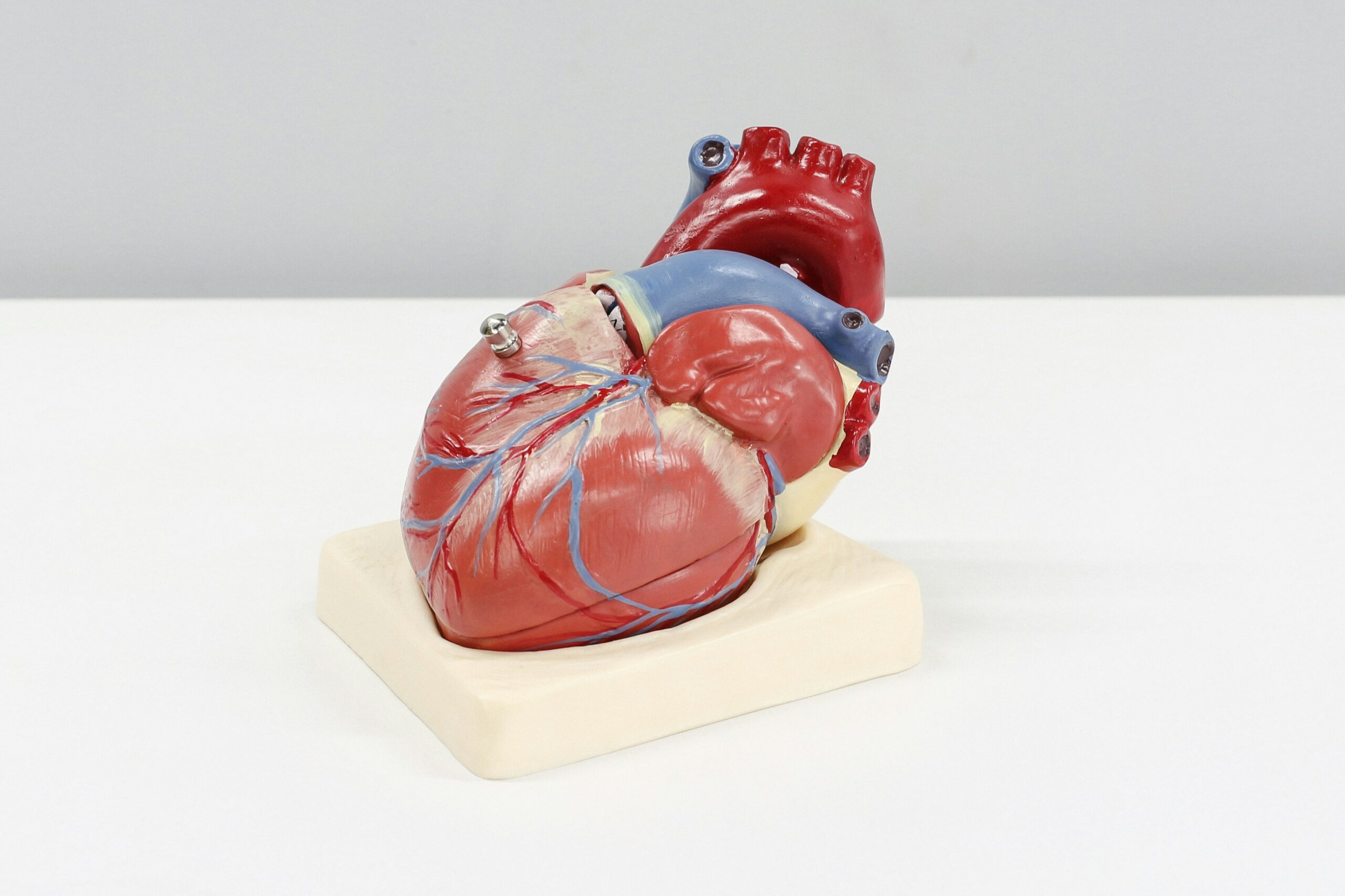If you’re new to the world of heart rhythm problems – or arrhythmias – it’s easy to feel overwhelmed by the complexity of it all. There are so many different conditions and concepts to grapple with. Where on earth do you begin?
First things first – what are arrhythmias?
The charity Arrhythmia Alliance describes an arrhythmia as:
“An irregular or abnormal heart rhythm that may be excessively fast or slow.”
So one way to categorise the problems with an abnormal heart rhythm is whether it’s fast or slow. That’s why you’ll hear the terms “bradycardia” and “tachycardia” a lot. Bradycardia is a slow heart rate – usually this means less than 60 beats per minute. Tachycardia is an unusually fast heart rate – normally meaning over 100 bpm. (“Brady” and “tachy” come from the Greek for slow and swift.)
And where are they?
Another way to think about arrhythmias is their location. You probably know there are two key “zones” in your heart. The upper chambers are called the atria. The atria pump blood into the lower chambers, known as the ventricles. The ventricles then pump that blood around the body. Arrhythmias can originate in either of these two areas. That’s why you’ll hear doctors talking about ventricular and supraventricular arrhythmias (“supra” simply means above). In other words: rhythm problems that are in the ventricles. Or above them.
So what types of ventricular and supraventricular arrhythmias are there? The full list of heart rhythm problems, as you’d expect, is pretty extensive. As a rough guide, however, here are some examples:
Supraventricular arrhythmias
Rhythm problems in this part of the heart include:
Atrial Fibrillation (AF)
Atrial fibrillation is the most common kind of heart rhythm problem – it’s estimated to affect more than 100,000 people in Ireland. In AF, electrical pulses cause the upper heart chambers to contract abnormally, resulting in a heartbeat that’s irregular and (usually) too fast.
Atrial Flutter
Atrial flutter is much less common than AF. Like AF, it can cause an increase in the heart rate and prevent the two chambers from working together properly. Unlike AF, the heartbeat tends to be regular rather than chaotic.
Supraventricular Tachycardia (SVT)
This is a condition where the heart beats more rapidly than normal. It’s usually not serious or life-threatening, but may need to be treated with medication or, sometimes, with a keyhole operation called ablation.
Ventricular arrhythmias
Rhythm problems in the lower part of the heart include:
Ventricular fibrillation
In ventricular fibrillation, electrical impulses make the heart quiver, resulting in a rapid and disorganised heart rhythm. Ventricular fibrillation is rare, but can be life-threatening if left untreated.
Ventricular tachycardia (VT)
VT is a condition where the ventricles beat rapidly, usually between 150 to 250bpm. These episodes can last for a few seconds or much longer, and can prevent the heart from pumping blood efficiently around the body.
Other types of arrhythmias
Two other heart rhythm terms you might come across are “heart block” and “sick sinus syndrome”:
Heart block
Heart block is where the electrical pulses that pass between the two chambers become disrupted. In more severe cases, this can cause dizziness, shortness of breath and chest pains.
Sick sinus syndrome
Sick sinus syndrome (also known as tachybrady syndrome) is a collection of conditions affecting the sinus node. The sinus node is the heart’s natural pacemaker, which controls the heartbeat. Problems with the sinus node can cause symptoms like dizziness, fainting and chest pains. Often, however, they don’t result in any noticeable symptoms at all.
Taking the next steps
So arrhythmias come in very different forms. They also vary widely in how significantly they might affect your health – and how we should treat or manage them. You can learn more about common rhythm problems in the Heart Conditions section of our website. We’ll be exploring some of the common treatments for arrhythmias in future articles, too.
If you’re concerned about arrhythmia and need in-depth advice, however, you may like to book an appointment with us here at the clinic. You can call or email us. Or book a consultation directly on the website. Whatever the problem or concern, we’re here to help.






